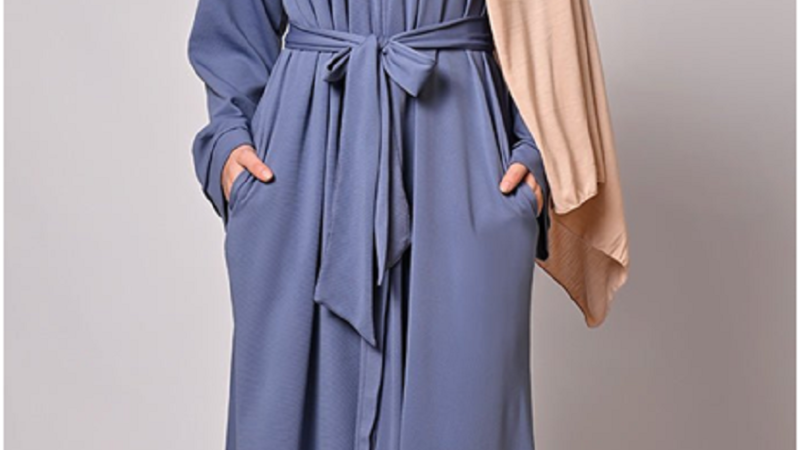Summer is finally here—and so is one of the most exciting moments for every modest fashion lover: the EastEssence Summer Mega Sale! With discounts of up to 80% off, this is not just any seasonal clearance—it’s a golden opportunity to refresh your modest wardrobe with elegant, faith-inspired pieces that truly reflect your style and values.
From flowy Islamic summer dresses to elegant abayas, breathable hijabs, and practical everyday wear, EastEssence has rolled out a collection that speaks directly to the hearts of women who embrace Muslimah fashion without compromise.
Let’s take a closer look at why this is one modest fashion sale you won’t want to miss.
Celebrate Summer with Confidence and Modesty
Summer fashion doesn’t have to mean sacrificing your values for style. In fact, it’s the perfect season to embrace modest fashion that keeps you cool and confident. The lightweight fabrics, soft pastel colors, and breezy cuts available in the EastEssence sale are ideal for hot days, outdoor gatherings, or travel.
Whether you’re planning your Eid outfit, looking for a travel-friendly abaya, or just want some fresh essentials, the Islamic clothing summer sale has everything you need—without the guilt of overspending.
What You’ll Find in the EastEssence Summer Sale
This isn’t just a small discount corner—EastEssence is offering a full range of options across its entire store, all beautifully designed with modesty and comfort in mind.
Islamic Summer Dresses
Soft, breathable, and flattering. These maxi dresses are perfect for day-to-day wear or special occasions. Flowy cuts, delicate prints, and loose fits make them perfect for warmer weather.
Abaya Sale Online
From casual open-front abayas to formal embroidered pieces, the abaya collection is full of versatile styles at irresistible prices. You can layer them with ease or wear them as statement pieces.
Hijab Discounts
Time to update your hijab drawer! With markdowns on chiffon, jersey, and cotton hijabs in every shade, this is your chance to mix and match for every outfit. Whether you prefer solids, prints, or neutrals, EastEssence has something for every look.
Everyday Modest Essentials
Shop tunics, wide-leg pants, and co-ord sets that are as comfortable as they are stylish. These pieces work well for casual days, work-from-home wear, or errands.
Travel-Friendly Styles
Heading on a summer trip? You’ll love the wrinkle-resistant prayer sets, lightweight abayas, and practical layering pieces that are easy to pack and even easier to wear.
Why Choose EastEssence?
EastEssence isn’t just another Muslim fashion store. They’ve built a strong reputation for providing modest, elegant, and affordable clothing for women (and men!) around the world. Their collections blend tradition with modern trends, making it easy for every Muslimah to find something that suits her personality and lifestyle.
Here’s what makes EastEssence stand out:
- Fastest shipping
- Inclusive sizing (from petite to plus)
- High-quality fabrics at reasonable prices
- Fashion that respects your values
- Responsive customer service and an easy-to-navigate online store
Whether you’re a long-time customer or discovering EastEssence for the first time, the Summer Mega Sale is the perfect time to try something new—or stock up on your favorites.
Styling Tips for the Season
- Layer a printed abaya over a neutral base for effortless elegance.
- Mix textures like linen and jersey for a comfortable and chic daily outfit.
- Don’t be afraid to experiment with color—summer is all about light, joy, and vibrancy.
Final Thoughts
The EastEssence Summer Mega Sale is more than just discounts—it’s a celebration of modesty, identity, and self-expression.
Whether you’re shopping for Islamic clothing summer sale items or simply adding a few modest essentials to your closet, EastEssence is here to help you look and feel your best—every single day.
Explore the full sale now:
https://eastessence.com/collections/summer-mega-sale-upto-80
Don’t wait too long—these deals are selling fast, and sizes won’t last forever. Shop smart, shop modest, and enjoy every moment of summer with grace and confidence.










